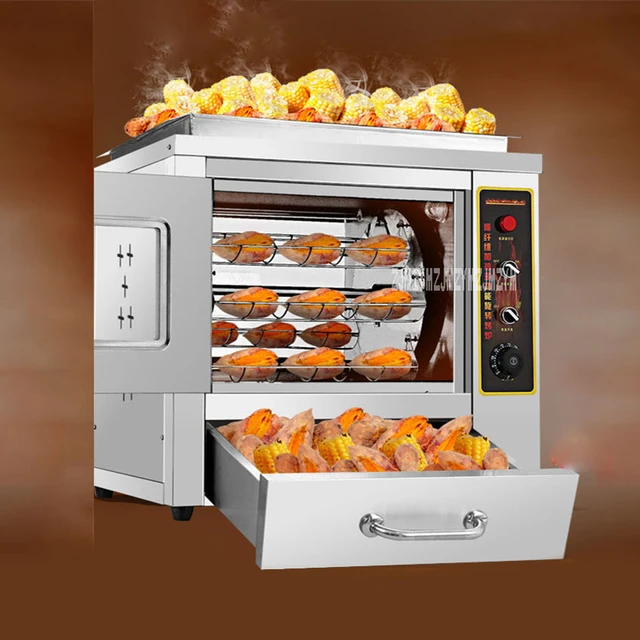Introduction:
Ovens are essential kitchen appliances that provide a controlled environment for baking, roasting, and heating food. Understanding how an oven heats your food is crucial to achieving the desired cooking results. In this article, we will explore the process by which ovens generate heat and transfer it to the food, discussing different heating mechanisms, heat distribution methods, and the impact of oven design on cooking performance. By understanding the principles of heat transfer in ovens, users can optimize their cooking techniques and achieve delicious and consistent results.
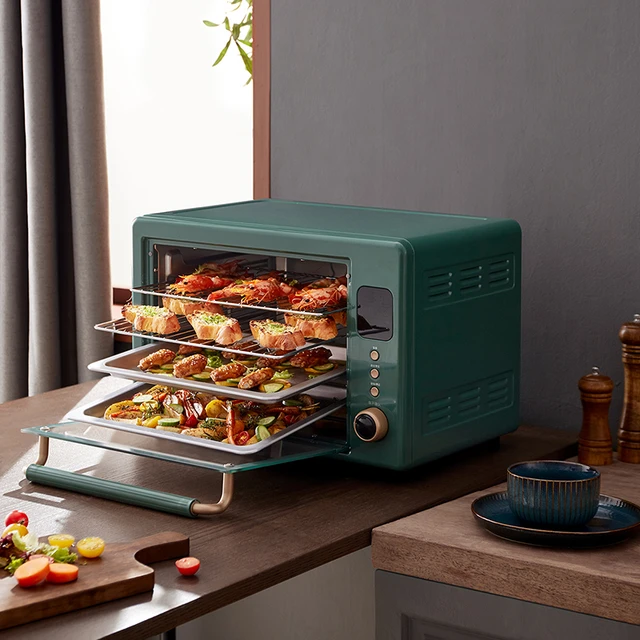
How does an oven heat your food?
Heating Mechanisms:
a. Convection Heating: Convection heating is a common method used in ovens. It involves the circulation of heated air within the oven cavity. The heating element, either gas or electric, generates heat, which is then distributed by a fan or natural convection currents.
b. Radiant Heating: Radiant heat is another method used in some ovens. It involves the transfer of heat directly from a heat source to the food. In this case, the heat is radiated from the heating elements to the food without the need for air circulation.
c. Induction Heating: Induction heating is a technology used in some modern ovens. It utilizes electromagnetic fields to generate heat directly in the cookware, resulting in rapid and efficient heating.
Heat Distribution:
a. Convection Heat Distribution: In ovens that employ convection heating, the heat is distributed through the circulation of heated air. A fan or natural convection currents ensure even heat distribution throughout the oven cavity, promoting consistent cooking and browning.
b. Radiant Heat Distribution: Ovens that use radiant heating rely on the positioning and design of heating elements to distribute heat. The elements are strategically placed to ensure that the food receives direct thermal radiation for cooking.
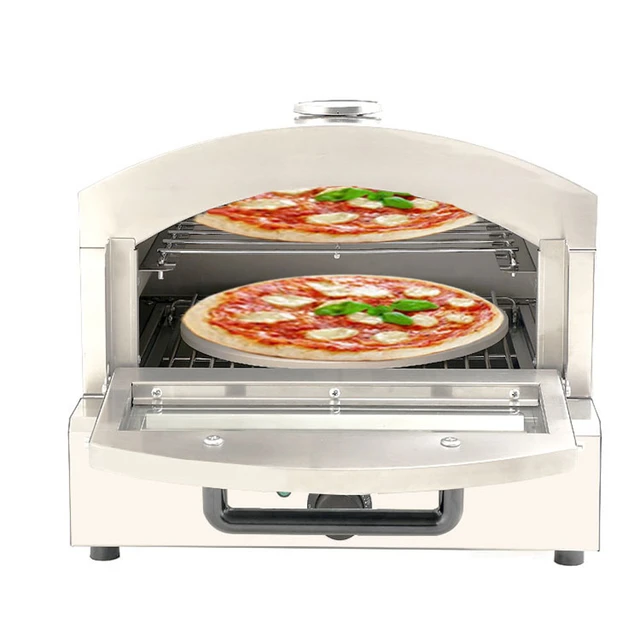
Oven Design and Heat Transfer:
a. Oven Insulation: The insulation of an oven is crucial for heat retention and preventing heat loss to the surrounding environment. Adequate insulation helps maintain a consistent cooking temperature and improves energy efficiency.
b. Oven Cavity Size: The size of the oven cavity affects heat transfer and cooking performance.
c. Oven Racks and Placement: The positioning of oven racks affects heat distribution. Placing the racks too close to the heating element may result in uneven cooking, while placing them too far may lead to longer cooking times. Proper rack placement ensures optimal heat exposure to the food.
d. Oven Door: The oven door plays a crucial role in heat retention. It should fit tightly to prevent heat loss and maintain a consistent cooking temperature.
Heat Transfer within the Food:
a. Conduction: Conduction is the transfer of heat through direct contact between the heat source and the food.
b. Convection: Convection is the transfer of heat through the movement of heated air or liquid. In ovens, convection occurs as the heated air circulates around the food, transferring heat to its surface and promoting even cooking.
c. Radiation: Radiation is the transfer of heat through electromagnetic waves. In ovens, radiation occurs as the heat radiates from the heating elements, directly heating the food’s surface.
Oven Temperature Control:
a. Thermostats: Ovens are equipped with thermostats that monitor and regulate the oven temperature. The thermostat detects the temperature inside the oven cavity and signals the heating elements to turn on or off as needed.
b. Preheating: Preheating is the process of heating the oven to the desired temperature before placing the food inside. Preheating ensures that the oven reaches the desired cooking temperature, promoting consistent and efficient cooking.
c. Temperature Fluctuations: Ovens may experience temperature fluctuations during the cooking process. These fluctuations can be caused by factors such as opening the oven door, introducing cold food, or heat loss due to poor insulation. Maintaining a consistent cooking temperature is essential for achieving desired results.
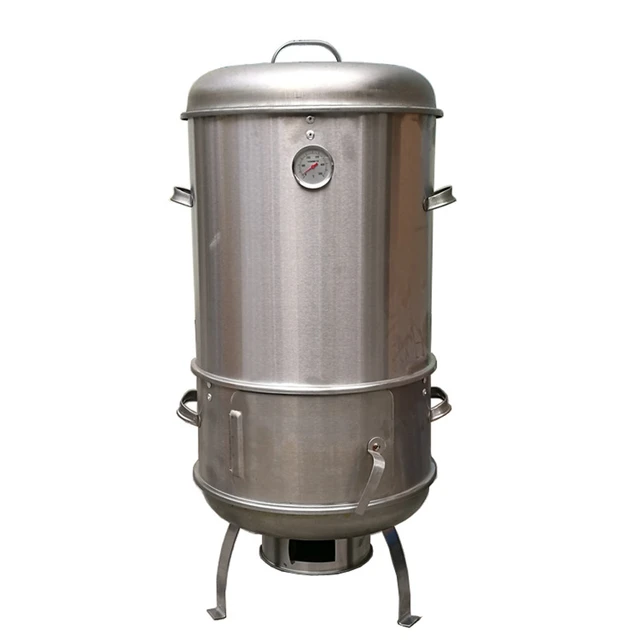
Optimizing Cooking Techniques:
a. Positioning Food: Properly positioning the food in the oven ensures even exposure to heat. For instance, placing food in the center of the oven or on the middle rack promotes balanced heat distribution and prevents overcooking or undercooking.
b. Using Oven Features: Understanding and utilizing the features of your oven, such as convection mode, broiling, or baking with the upper or lower heating elements, allows for precise control over the cooking process and can enhance cooking results.
c. Monitoring Cooking Progress: Regularly monitoring the cooking progress helps prevent overcooking or undercooking. Observing the food’s color, texture, and internal temperature can guide adjustments in cooking time or temperature.
d. Resting Period: Allowing cooked food to rest after removing it from the oven helps redistribute juices and complete the cooking process. This resting period ensures that the food is tender, moist, and evenly cooked.
Safety Considerations:
a. Oven Mitigation: Ovens generate high temperatures, so it is important to exercise caution and take necessary safety precautions. Using oven mitts or heat-resistant gloves when handling hot cookware or touching oven surfaces helps prevent burns or injuries.
b. Ventilation: Adequate ventilation is crucial when using ovens, especially those powered by gas or with self-cleaning functions. Proper ventilation helps remove excess heat, steam, and potentially harmful gases from the cooking process, maintaining a safe cooking environment.
c. Cleaning and Maintenance: Regular cleaning and maintenance of the oven are important for both safety and performance. Removing grease, food debris, and other build-up from oven surfaces can prevent the risk of fire and ensure efficient heat transfer.

Advanced Oven Technologies:
a. Smart Ovens: With the advent of the Internet of Things (IoT), smart ovens have emerged on the market.
b. Programmable Settings: Many modern ovens offer programmable settings, allowing users to set specific cooking times and temperatures for different recipes. These settings ensure consistent and precise cooking results while providing convenience and ease of use.
c. Self-Cleaning Functions: Self-cleaning functions in ovens simplify the cleaning process. These functions utilize high temperatures or pyrolytic cleaning cycles to burn off food residue, eliminating the need for manual scrubbing and harsh cleaning chemicals.
d. Energy Efficiency: Energy-efficient ovens have become increasingly important in minimizing environmental impact and reducing energy consumption. New technologies, insulation improvements, and efficient heating elements contribute to more sustainable oven designs.
Future Trends:
a. Sustainable Materials: As environmental concerns continue to grow, the use of sustainable materials in oven construction may become more prevalent. Eco-friendly materials and energy-efficient designs can contribute to a more sustainable kitchen.
b. Enhanced Connectivity: The integration of ovens with smart home systems and connected appliances may become more widespread. This would allow for seamless integration, automated cooking processes, and enhanced user experiences.
c. Advanced Cooking Technologies: Ongoing advancements in cooking technologies may lead to new features and functions in ovens. Examples include steam-assisted cooking, precision temperature control, or even the incorporation of artificial intelligence for automated cooking processes.
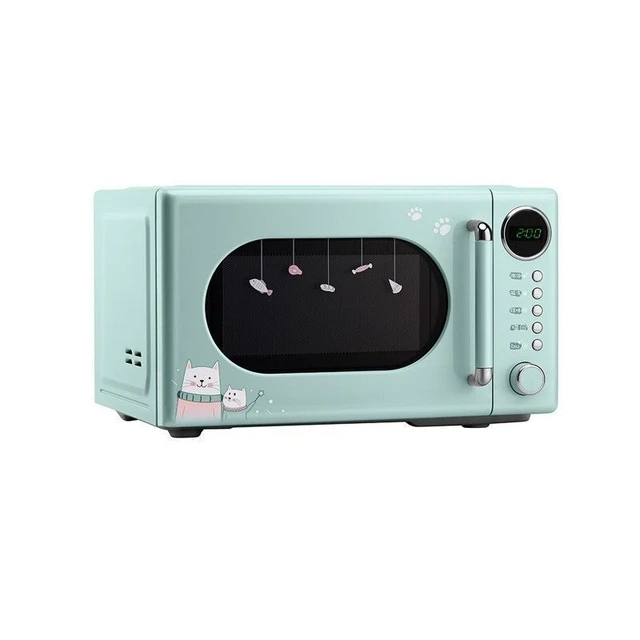
Conclusion:
Ovens heat food through various mechanisms such as convection, radiation, and induction. Understanding how heat is transferred within the oven cavity and to the food allows users to optimize cooking techniques and achieve desired results. Proper oven design, insulation, and heat distribution contribute to even cooking and heat retention. Temperature control, preheating, and monitoring cooking progress are essential for achieving consistent and delicious results. By utilizing features, optimizing rack placement, and employing proper cooking techniques, individuals can maximize the potential of their ovens and create culinary masterpieces with confidence.

